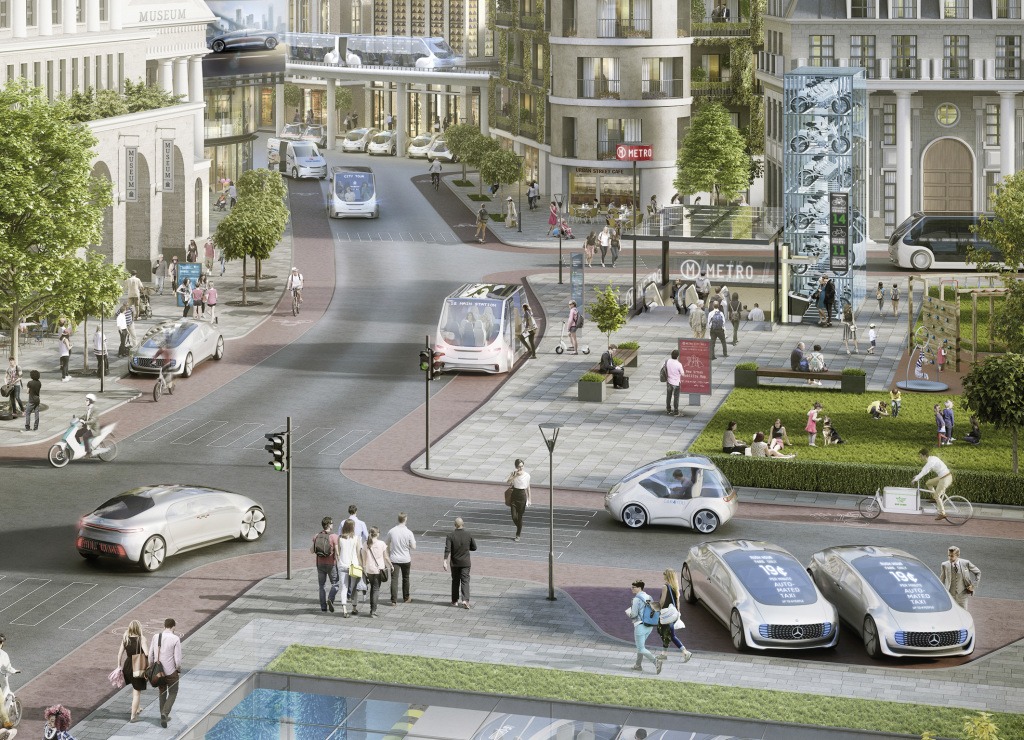Calls to control how autonomous vehicles grow in cities to ensure improved congestion
07 June 2017

07 June 2017
Concerns are growing that town planning will be required to avoid the ease of using autonomous vehicles leading to increased congestion in city centres, with the need to boost numbers of people per vehicle.
The former chairman of the UK’s Commission for Integrated Transport warns that while autonomous vehicles will be able to use road space more efficiently (by driving closer together and improving traffic flow), the problem remains that in cities cars take up too much space per person. This is, he says, because most vehicles only contain one person when they could be carrying more.
He told the Financial Times: ′There’s no doubt [autonomous vehicles] can allow us to squeeze more vehicles [into] a given amount of capacity because they’re bumper-to-bumper and side-by-side″¦ [But] unless we can increase vehicle occupancy up from 1.1 [people on average per vehicle], we’re moving too much fresh air and not enough people.’
This suggests that in order for the autonomous vehicle revolution in cities to deliver the promised congestion improvements, schemes will need to be introduced through policy to encourage ride sharing (where multiple people travelling on similar routes use the same vehicle), or autonomous vehicles should move towards transport services closer to buses.
This supports Volkswagen Group’s vision for mobility services that it is developing with its MOIA brand, with minibus-style city services, which have dynamically changing journeys to pick up additional people en route, as all travel in a similar direction.
However, Dieter Helm, professor of energy policy at Oxford university, dismisses these concerns, saying that car sharing will naturally grow with the development of autonomous technology.
He agreed that congestion will be relieved with the vehicles driving closer together and more smoothly, but added that the effortless ease of sharing autonomous vehicles (for example, a person does not need to be where the previous rider stopped their journey), self-driving vehicles will rapidly inherently begin to carry more people per trip.
He added: ′We have this distinction between public and private transport,’ with private meaning a vehicle for personal use, but this will break down with the more fluid potential nature of autonomous vehicles.
This includes autonomous vehicles not displacing current transport systems, such as subway and train systems, but complimenting them. For example, the autonomous vehicle trial on the Greenwich Peninsula in London deliberately links people to other transport hubs, such as the London Underground.
Ultimately individual city authorities will monitor levels of congestion and respond with measures as necessary.
Image courtesy of Daimler